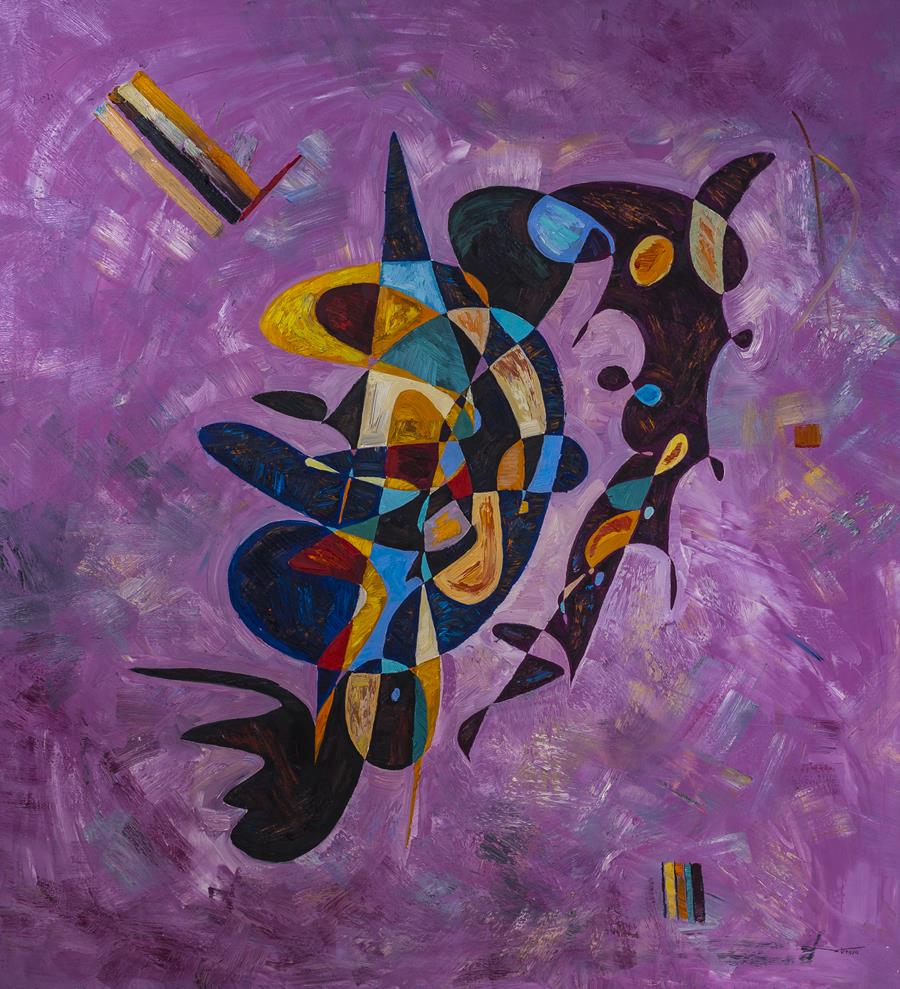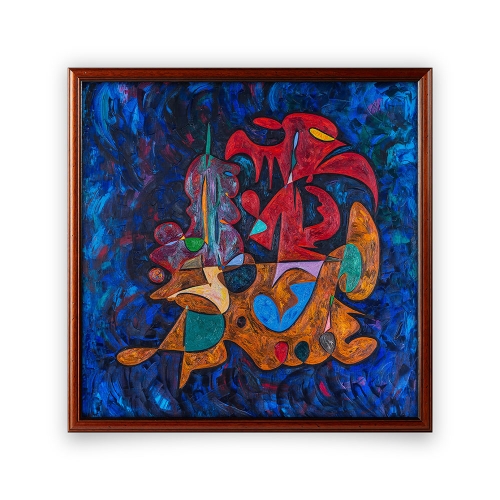The fall of the Berlin wall in 1989, the end of United States dominance and the era, led to the establishment of a free trade economy in the 90's. The trade economy encouraged an explosion of art as a form of investment, and artistic production succumbed to financial power.
Since 1990 the arts have become a worldwide phenomenon. In the postmodern art world of today , artistic facilities are not confined to Western capitals that were certain but widely dispersed in different areas of the world.
Example of that were the proliferations of Biennials in Asia, Latin America, Oceania and Africa since the 1990s
Istanbul Biennial, Turkey, Asia
Osaka Triennial, Osaka, Japan, Asia, ended in 2001 and began in 1990
Cetinje Biennial, Cetinje, Serbia and Montenegro, East-Europe, since 1991.
Dak' Art biennial, Dakar, Senegal, Africa, since 1992.
Taipei Biennial, Taipei, Taiwan, Asia, started in 1992 as a local event.
Central America, caribbean Biennial, Santo Domingo, Dominican Republic, start in 1992.
Sharjah Biennial, United Arab Emirates since 1993.
Johannesburg Biennale South Africa, Africa, started 1997 to 1995 end.
Gwangju Biennale, South Korea, Asia
Shanghai Biennale Asia, 1996 and 1998 biennials, since 2000 international.
Mercosul Biennial, Porto Alegre countries members of the Mercosul and guests, since 1997.
See relater article
Biennials Biennialisation & Art Fairs
"It became evident that nothing regarding art is evident anymore, neither in itself nor in its reaction to the whole nor even it's right to exist" Theodor Adorno.
We need to think about players and its components, to understand the art market. The primary art market focuses on exhibitions and fairs, allowing new artists to be promoted or discovered. The market is dictated largely by auction houses and dealers, with assistance from entrepreneurs, art advisers, curators and collectors, who empower artists' reputation by establishing the market price of the work. (1)
Collectors and their collections can be defined like the combination of symbolic, cultural, social and financial capital, Pierre Bourdieu(2) which since the 90s has diminished its cultural and social value in regard to its economic value.
The number of investors in contemporary art has improved today. The art market crash in the 1980's, a result of the Gulf War was followed between 1993 and 1990 with a period of recession. With the establishment of a global economy, from September 2001 to July of 2007, the art market's value increased by 152%. (3)
CNN appreciated the global art market annually, of which was commanded by Christie's and Sotheby 90%.
see article
The impact of the internet on the modern art market was remarkable. It not only allowed collectors to gain access to artists and their costs, but allowed new collectors without taking high market risk to invest in emerging artists.
Its resistance reaffirmed the stability of the art market as a asset that was protective to the collapse of the New York and Paris stock markets. Since that time, progress has been made, and a new generation of billionaire collectors has surfaced with the introduction of global markets in Russia, India, China and the UAE.
In 2006 China ranked 4th in the global market, which enabled it to receive its location in auction houses like Christies in London, Sotheby's in america, and Artcurial in France. Founded by market houses that were Asian , Chinese artwork showed an increased gain of the number of Western and Chinese collectors and profit in 2006 has grown.
On November 2007, the Ullens Center for Contemporary Art (UCCA) in Beijing, founded by the Belgian collector baron Guy Ullens and his wife Myrian opened its doors to the public, and increased the West's understanding of Chinese art. This non-profit gallery is housed in an industrial building complex in the 786th district. The area, which comprises international galleries and about one hundred Chinese and non-profit spaces, reflects the rise of modern art in the marketplace and the growing interest of collectors
see article
With a development of 480% in the last 10 years, Indian art gained importance on the global art scene. The sale of Subodh Gupta's monumental sculpture for $304.000 in February 2007 presents an example.
After a successful auction of Russian art, and the Moscow biennial at Sotheby's London in February 2007, where 80 percent of the lots were sold, modern Russian art enjoyed attention. In recent years with the reaffirmation of capitalism, the scene has A cultural investment altered. Six art facilities have opened in Moscow and a wealthy class of amateur collectors are investing and promoting art. A diversity of artistic language is starting to emerge although a lot of the contemporary art focuses on political and social aspects of the old regime.
See Sots Art exhibition, Maison Rouge
In addition to China, India, and Russia, Dubai hopes to become a participant in the global art market after London and New York. Dubai, the modern financial center of the United Arabs Emirates (UAE), control the sixth biggest oil reserves in the world. Lately the, the generation of wealth from increasing oil prices has enabled Dubai to transform itself into the entertaiment capital of the middle east.
In March 2007, Dubai inaugurated the Contemporary Gulf Art Fair, which included galleries and artists. Christie's was the first auction house.
Abu Dhabi, the UAE capital, has begun to view art. Future plans for the Island comprise a billion dollar resort, with five art centres and another multi- .
"This resulted in the determination to make a cultural hub between East and West on a scale never seen before".
www.artdubai.ae/
Changes in the art market have created repercussions in countries like France, with backgrounds.
Since 2001 when its offices opened in Paris in the Hotel Dassault on the Champs Elysees, it's developed a dynamism and vision with the introduction of contemporary art from world markets such as China, India and the Middle East.
A proliferation of art fairs and biennials has increased over the last six years. These artistic events have reshaped the market before they visit museums, giving artists a chance to exhibit their work and the people a chance to see works that were modern. Art fairs generate pressure on dealers and the galleries, who in turn pressure production to improve, and the quality of the artworks can endure.
When the economic value of art as an investment and its relation to the global economy is a reality, we've got two questions to consider: can art be affected by the potential for a recession? And what's the future of circulation and art production?





